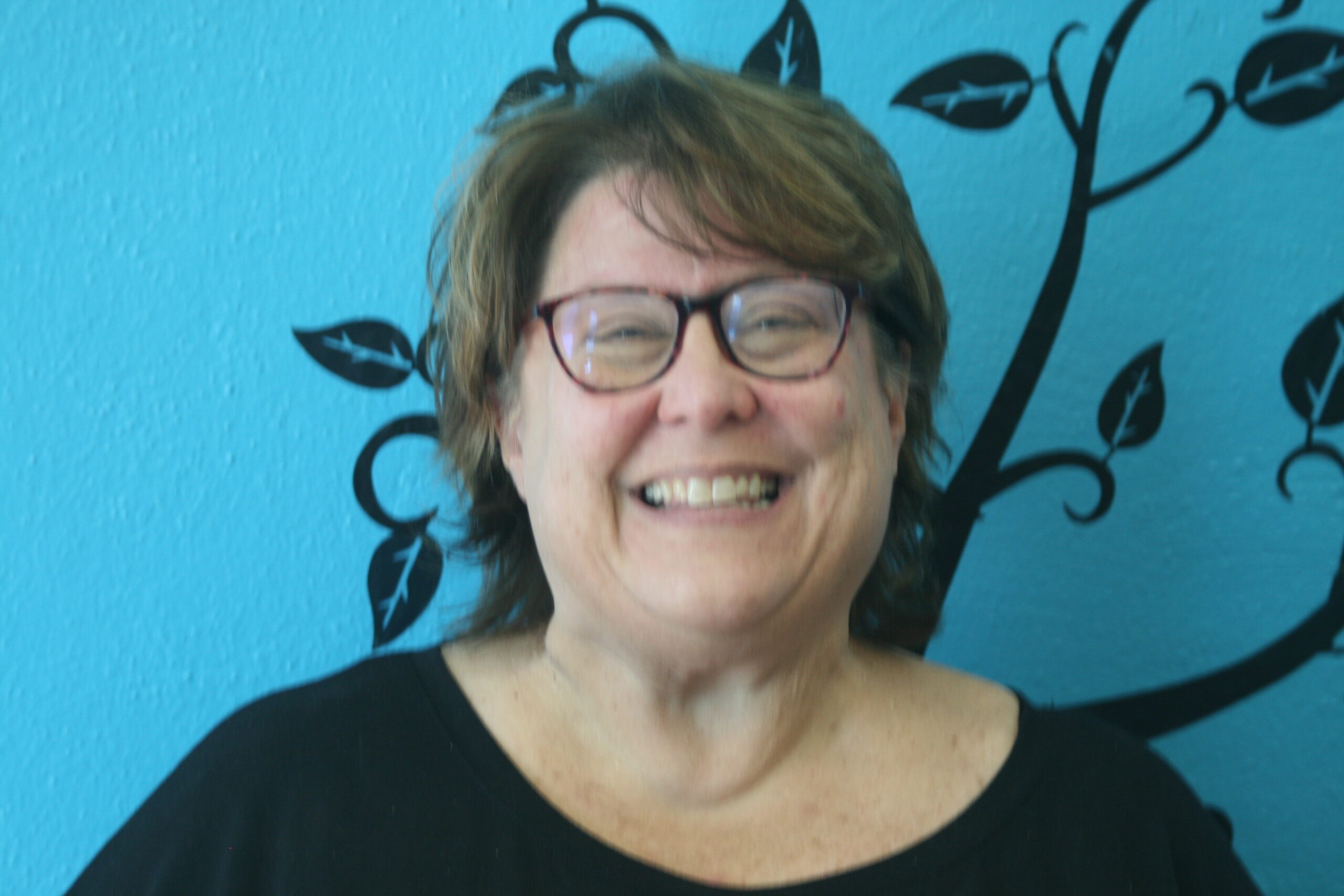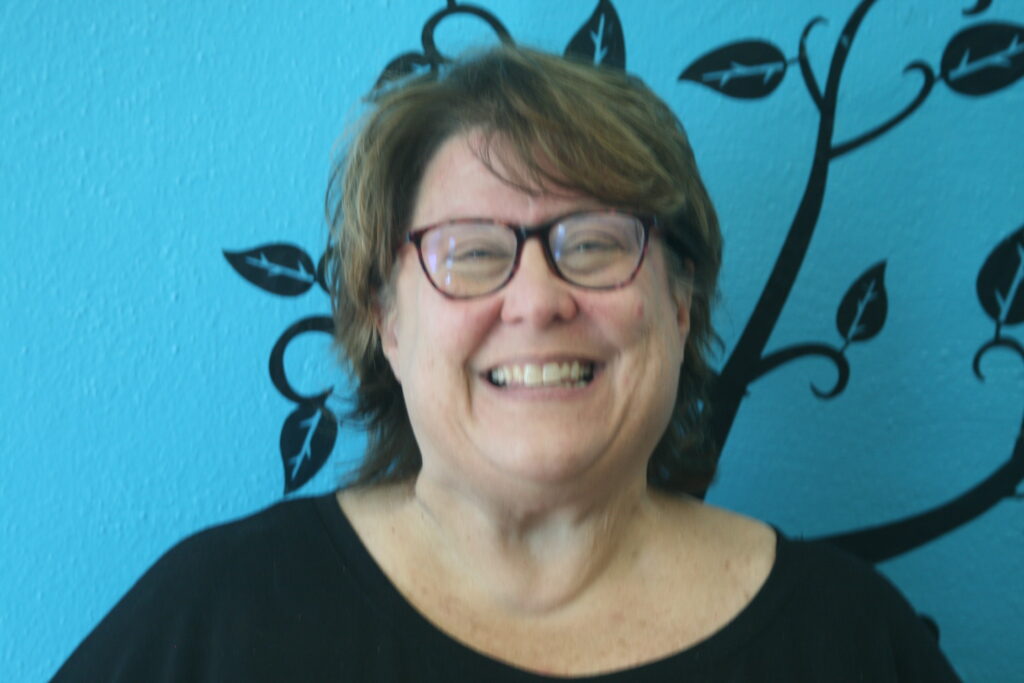
The No Child Left Behind Act was signed into law in 2002. But where do students go if they fall behind? For local students in Springfield, MO, Study Alternative High School is the answer to that question.
Beth Nickel, a teacher for 37 years at Study has a lot to say about the mission of this alternative school. Nickel started at Study, named Bailey at the time when she and her roommate swapped job interviews.
“Looking at the needs of students and creating that setting for them” is the approach Study takes, according to Nickel.
Due to its smaller student population, it can build around each individual student’s needs to meet them where they’re at and then work with them to achieve an academic standard.
Alternative schools face an abundance of negative stereotyping. “What did you do to get stuck at Study,” says Nickel who has heard this question her entire career. “And I know the kids get asked the same question”.
“We have some really, really special and talented kids here,” says Lucas Klem, the Associate Director of Alternative Education at Study. Klem believes these students just need a “second chance” or “another stop along the way”.
Study operates on a “4 block” schedule which allows them to hone in on each individual student’s educational needs. Study also provides a full education. Alternative schools are not always seen as an institution that provides a comparable education to a conventional school, but at Study, they strive to raise the bar.
“We have to keep the bar high,” says Clem, who knows the power of a quality education can change lives.
Make no mistake, Study is the main force of motivation for these students. For the most part, Study is the conduit for these students to shine. “The majority of students choose to come here because they do want to graduate high school,” says Nickel.
Most of these students just want/need the space and opportunity to grow. An environment that wasn’t provided to them somewhere else. But at Study, the student-led approach to learning is just what they need. Study is so student-focused that even their school colors and logo were decided and created by its earliest students.
Many of the students who go to Study have issues with emotional regulation.
“We’re having the discipline and emotional regulation issues district-wide,” says Jackie Lane, the professional learning coach at Study.
Students are being taught more than what’s in the curriculum. They are also learning emotional intelligence skills in order to manage their feelings and actions.
The best learning environment is one that feels safe, calm, and inclusive. That kind of space is the most conducive to learning.
“We are a place that’s open to anyone who doesn’t feel like they belong someplace else, and we want to create that sense of belonging here,” said Nickel.
Study does its best to create a space that is inclusive because they have found that when you create these spaces students have the tools they need to succeed. And because Study’s student population is so diverse all walks of life need to feel welcome in this singular space.
Also in tandem with making Study a safe space for its student body, it also strives to create that space for educators. Nickel notes, “You have to work at making a place where teachers feel supported and feel like they have a voice”.
Study has done an exceptional job at teacher retention, barring COVID years, compared to the rest of SPS. Because of this retention, the teachers are able to foster a sense of stability and permanence with their students.
Over its time as a school, Study has maintained core approaches to education: small class sizes, school nurseries, creating connections, and building relationships. But Study is also always evolving to keep up with its constantly changing student body. One newer program at Study allows sophomores, who have worryingly low credits from the area’s surrounding five high schools, to make them up.
In the end, the most important thing Study strives to do is let these students know they are loved and that Study believes in them. “That is our mission,” says Nickel. “That is a part of the fabric of who we are as a school”.
